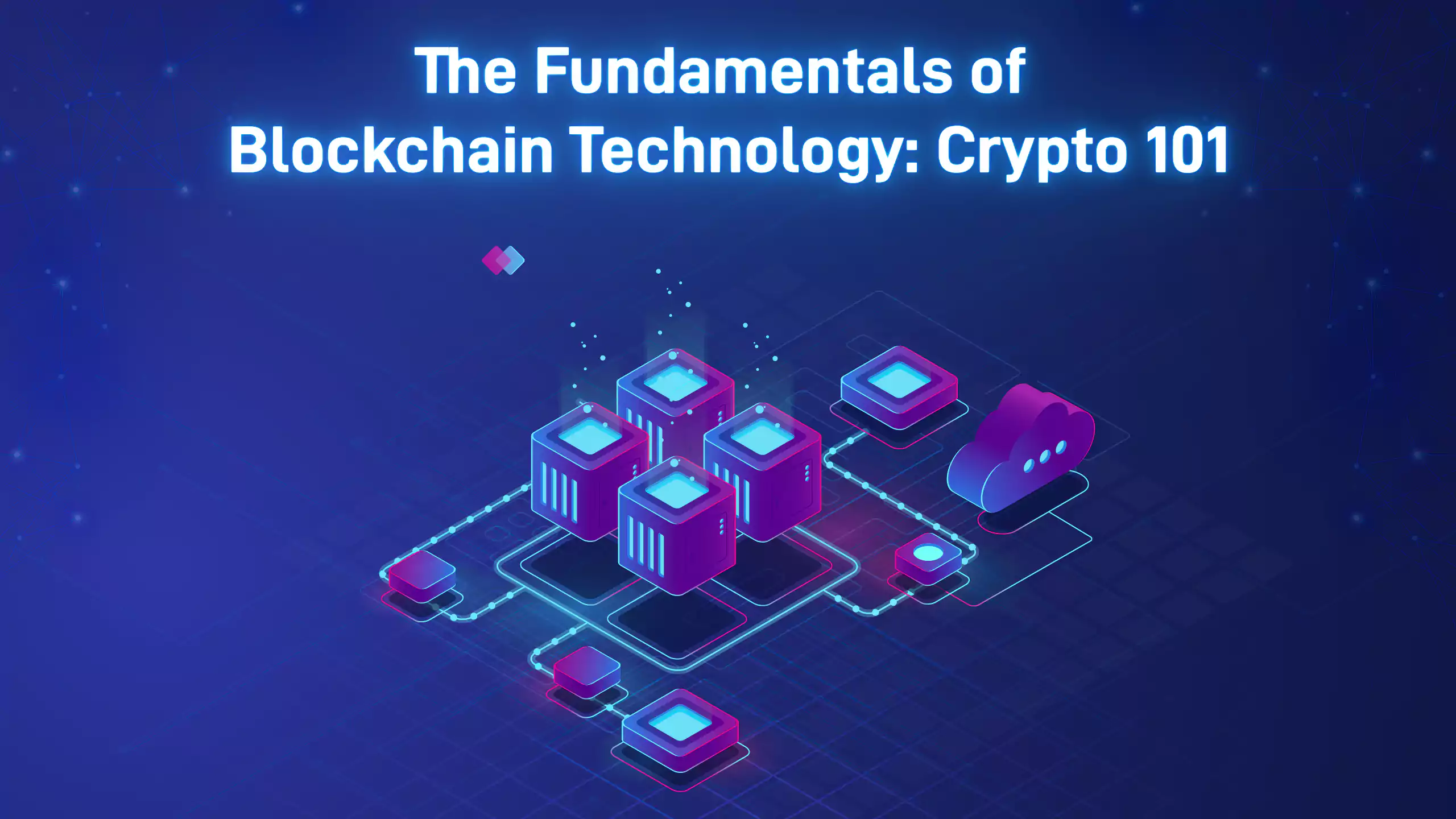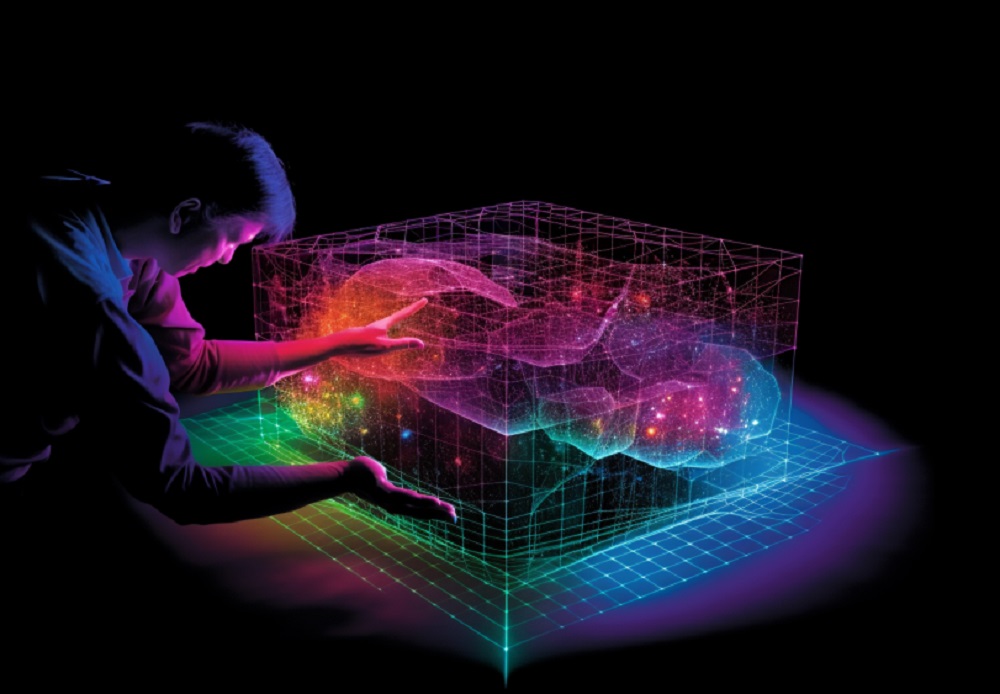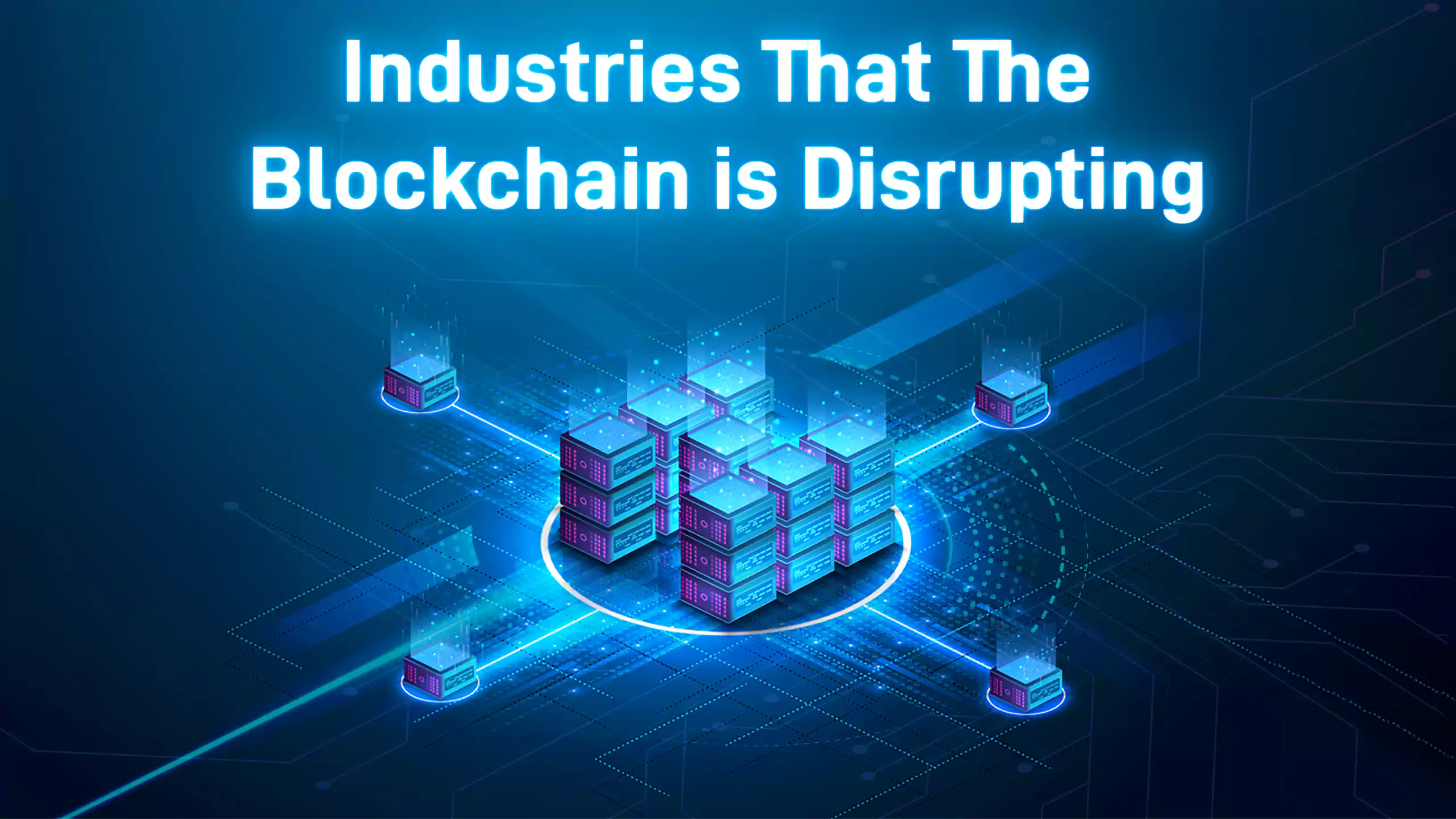Blockchain is perhaps the most popular word in the crypto world as it underlines the very nature and technology of the entire crypto verse. Blockchain, also known as Distributed Ledger Technology (DLT), provides an unalterable history of digital purchases making transparent transactions using a decentralized system.
It is a distributed database shared among a network of computer systems. It basically records information in blocks overseen by nodes of a network. The logic behind blockchain technology is to ensure the security and authenticity of stored data and elevate the trust levels between trading parties.
Types of Blockchain
There are four different types of blockchain, namely:
Private Blockchain Network
This operates on closed networks and works well for private businesses and organizations. Private communities utilize private blockchains to tailor their accessibility and all the other important security options to specific corporate needs.
Public Blockchain Network
A lot of cryptocurrencies, such as bitcoin, originated from public blockchains. Unlike private blockchains, the public blockchain distributes data across a peer-to-peer network instead of having them stored in one location.
Permissioned Blockchain Networks
These are commonly known as hybrid blockchains. It is a private blockchain that gives unique access to authorized individuals.
Consortium Blockchains
This blockchain encapsulates both public and private components. They may be initially complex to set up, but once they are up and running, they provide a more secure system. This is the best option for multiple organizations or cross-organizational collaborations.
How Does the Blockchain Work?
Blockchain works with a combination of three principal technologies, including:
- Two Cryptographic keys
- A peer-to-peer network
- A means of working on records, storing transactions and records of the network
Two cryptographic keys, including a Private key and a Public key. These keys help in performing transactions between two parties. Each individual owns a key, which they use to create a reference tagged "digital identity reference". This identity is referred to as a 'digital signature' in the crypto world and serves to monitor and grant permissions for transactions.
The peer-to-peer network is paired with the digital signature, then a group of individuals in the authority use the digital signature to reach a consensus on transactions. After a deal is done, it is further verified by a mathematical procedure, resulting in safe transactions between the two parties.
Cryptographic keys are generally used in blockchain to carry out a variety of digital communion utilizing 'peer-to-peer' networks.
Blockchain mainly comprises three crucial components:
- Blocks
- Nodes
- Miners
Blocks
A blockchain consists of numerous blocks, with each block having these essential elements:
- A header hash is generated once the nonce is created. This occurs randomly when a block is built.
- The header hash, which is a 256bit number, is paired with the nonce. It usually begins with a lot of zeroes.
Nodes
It is an integral part of the blockchain network, serving as a framework for blockchains. These blocks of data are stored on nodes that can be likened to smaller servers.
Nodes are in sync with each other to ensure that all nodes are up to date on the latest information by a continuous exchange of data.
Miners
Miners are basically people who carry out a process called mining. Mining is crucial in blockchain as it is a part of creating blockchains.
The mining process can get really tough and may require a unique set of hardware and software to complete the task.
Types of Mining
The mining process can be categorized into three including:
- Individual Mining
- Pool Mining
- Cloud Mining
Individual mining is when mining is done by a registered individual.
In pool mining, a group of users works together to approve the transaction.
There is no need for computer hardware and software in cloud mining as all the process is done online.
How are Blockchains Created?
Blocks are created on the chain via a process known as mining as described above. Mining a block isn't easy, especially on large chains, due to the unique hash and nonce of every individual block in a Blockchain. References are made from the hash of the former block in the chain, making the process quite hectic.
Miners use special software designed to make the job easier by solving the complex mathematical problems of locating a nonce that created a particular hash. About four billion nonce-hash combinations are mined before the right match is secure. Miners termed this correct combination the "golden nonce."
Making a mistake in any block in the chain requires re-mining the block with the mistake and all of the blocks after. This makes it extremely difficult to maneuver the blockchain technology as the process requires a large amount of time and energy.
The miner is rewarded financially after the blocks are successfully mined and approved by all the network nodes.
How Does Blockchain Stay Secure?
As stated earlier, every individual block in a blockchain is synced to all the previous blocks. This makes it difficult to tamper with any data record. A hacker would need to adjust every block containing records as well as those connected to it to avoid being detected.
Also, every data record on a blockchain is secured through cryptography. Participants possess unique keys acting as a personal digital signature that is allocated to them and allow them to make transactions.
Blockchains are decentralized and shared across peer-to-peer networks that are kept connected to each other and continuously updated. Blockchains cannot be changed from a single computer because they are not contained in a central location.
Does Anyone Manage Blockchain?
Blockchain networks rely on a decentralized system that is not controlled by one person or group. It uses a digital signature feature to carry out safe transactions. Basically, the Blockchain network is managed by every participant on the network and not by a particular person.
Conclusion
Blockchain technology plays a vital role in this exponentially developing world and is set to make a dramatic wave in the crypto world. It has thousands of cryptocurrencies built on its back and allows financial institutions to experiment with groundbreaking technology. Getting acquainted with the fundamentals brings us one step closer to maximizing its upside potential and broad use cases.






